Water day in pictures: From Afghanistan to Zambia, WFP acts for people facing hunger
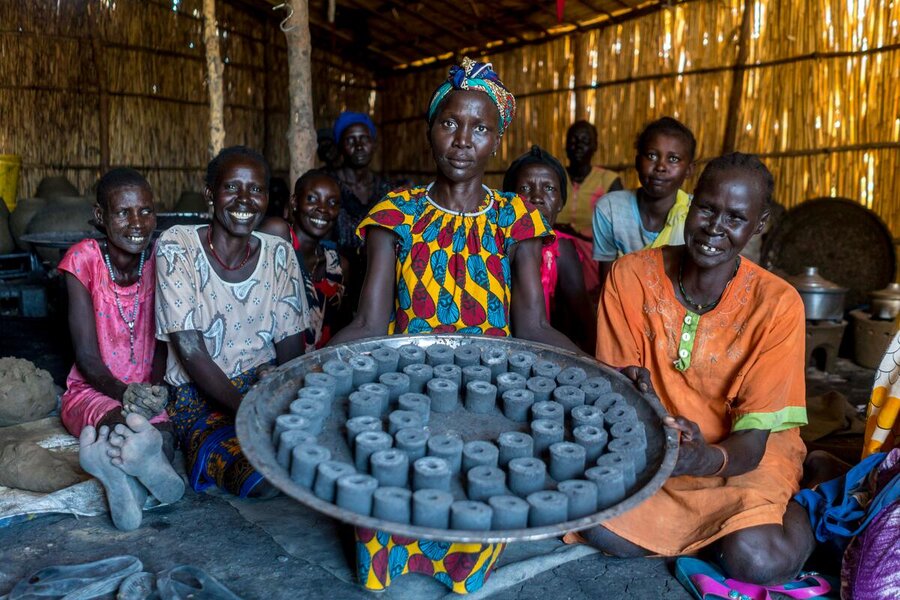
Water on tap is a pipe dream for many. Over 70 percent of the world’s food-insecure people are in areas where water availability is constrained. The rest live in areas where there may be a great deal of water but access may be limited and quality may be poor. Climate change is increasing the frequency and severity of water-related hazards while accelerating land degradation.
And when fighting occurs, as it inevitably does, over this scarce and critical resource, it threatens social cohesion, gender equality and access to education – all of which count among factors that can drive up food insecurity.
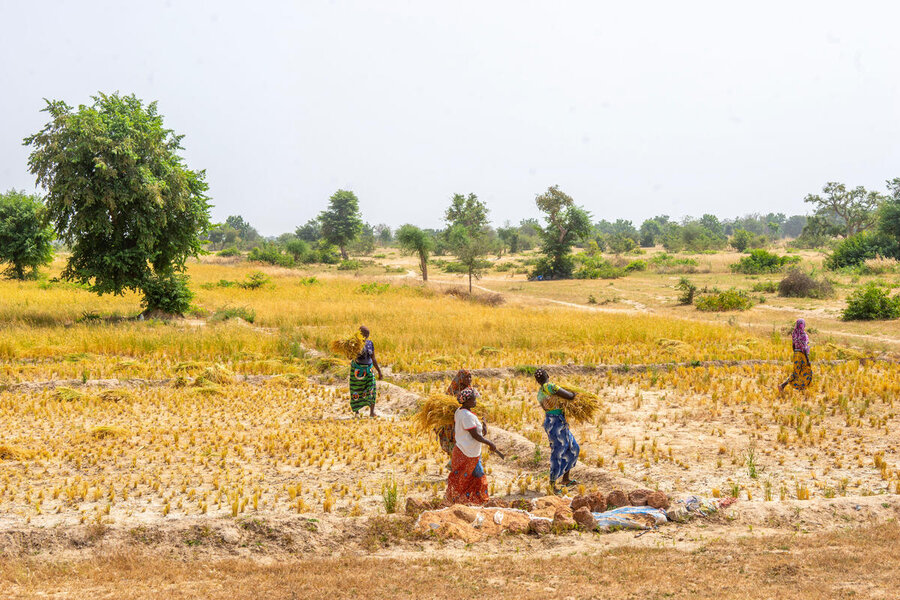
The World Food Programme (WFP) responds to water-related disasters, such as droughts and floods, by providing emergency food and cash assistance. At the same time, WFP supports communities in building resilience by restoring ecosystems to improve water availability and food access in the long term.
Places where WFP is making water work
In Afghanistan, WFP assists communities to protect and improve water availability in places like Watapur district, in the country’s northeastern Kunar province. Over nine months between 2022 and 2023, more than 700 people there participated in building the 6km Peroni canal, receiving WFP food assistance in the process. Two other districts in the province received similar support.
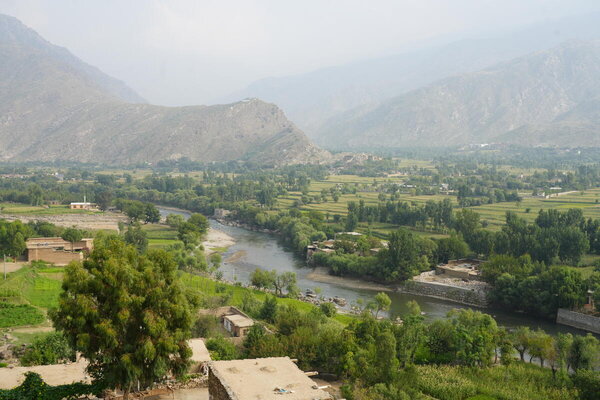
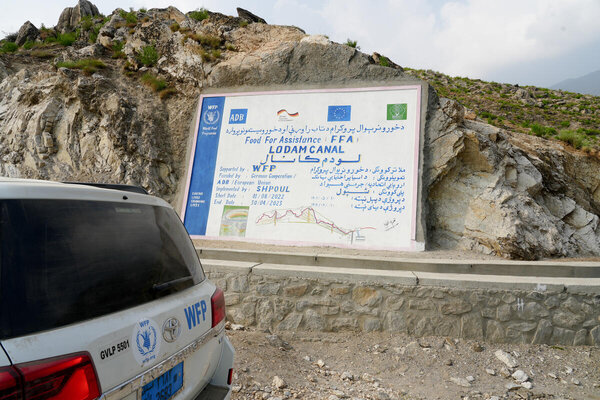
Since their first harvest after the canal’s completion, more than two-thirds of families in Watapur reported an increase in agricultural production. Nine in 10 said more water was available for their livestock, and 57 percent reported an increase in income.
In Bolivia’s Uru region, WFP has provided access to drinking water and irrigation. The rollout of 30km of water pipeline connecting to a reservoir assists hundreds of families, contributing to the wellbeing of the Uru Indigenous nation and empowering women.
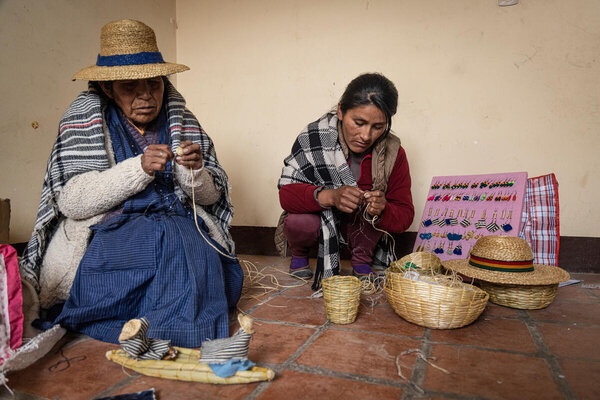
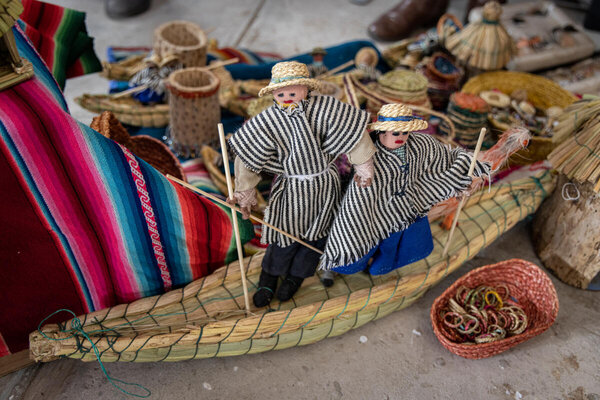
The ancient Uru culture is one of the oldest on the continent. It is pegged to a deep connection with water, rooted in Lake Poopó, which used to secure people’s food and livelihoods. By the end of 2015, the lake had totally dried up. Since then, with assistance from WFP, the Indigenous Uru people have been adapting.
When communities did not have water, women would spend at least half a day collecting it. Now women are the very agents of change, training in making handicrafts, working in greenhouses and rearing livestock. In this way, they are improving their living conditions, while enabling their families and communities to adapt to climate change.
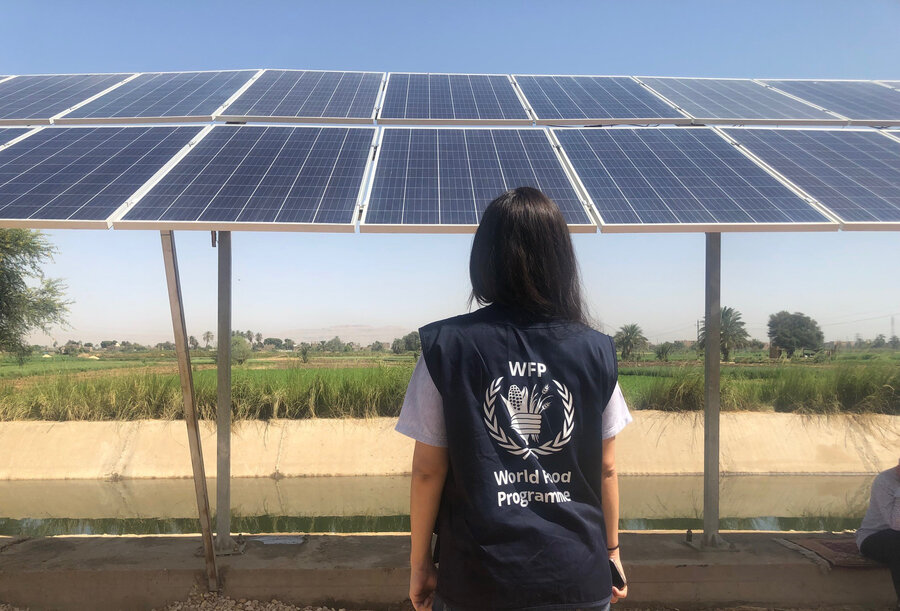
In Iraq, Egypt, Palestine and Libya, among other places, WFP has introduced solar-powered water pumps and cooling containers and installed solar panel boards for electricity to help improve water access and reduce fuel costs for smallholder farmers. Farmers in Egypt reported energy cost savings of up to 60 percent.
In Kenya, WFP built two solar-powered irrigation pumping systems that can irrigate more than 300 hectares of land. This is part of a resilience-building programme to support smallholder farmers with initiatives including water and soil conservation measures, tree planting, promoting drought-tolerant crops and rehabilitating critical water infrastructure.
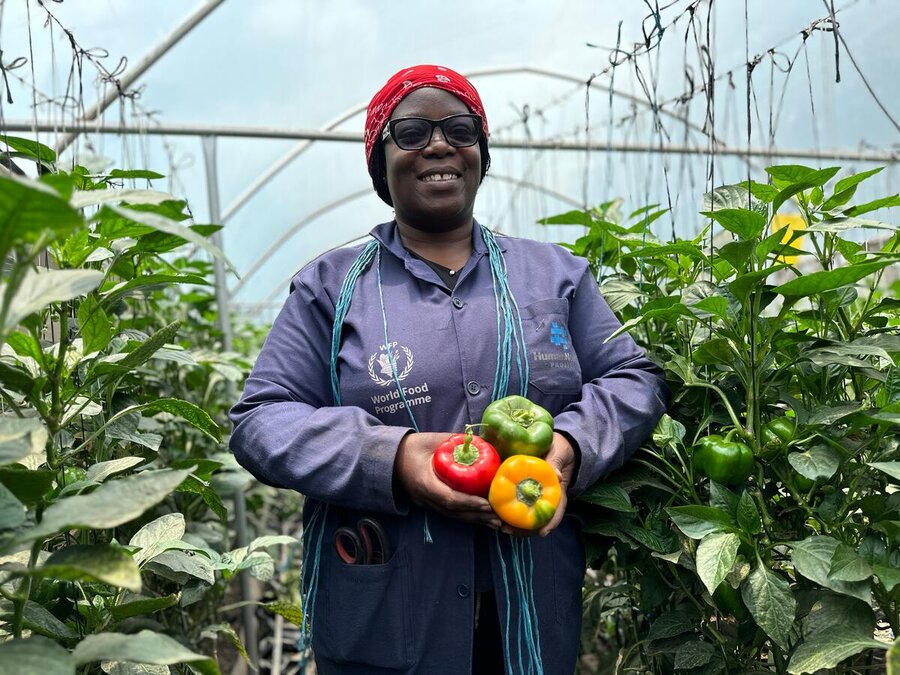
In the Sahel countries of Burkina Faso, Chad, Mali, Mauritania and Niger, WFP has implemented an integrated resilience programme to increase water availability and improve land quality along with food security in the long term. In 2023, more than 4 million people benefited from such activities in nearly 3,200 villages across the Sahel. Overall, more than 69,000 hectares of land were rehabilitated, of which 45,000 are in Niger.
Since 2018, 290,000 hectares of land have been rehabilitated and approximately 154 million cubic metres of groundwater recharged to offset irrigation and for future generations to use.
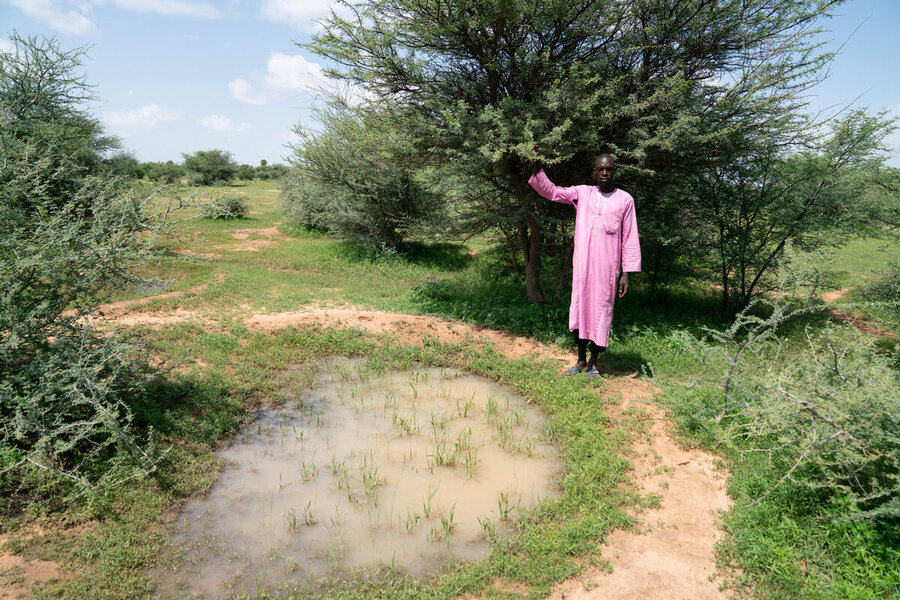
In the mountainous regions of Tajikistan, a country with only 7 percent arable land, WFP is working with the Green Climate Fund and the Government of Tajikistan to improve communities’ resilience through capacity strengthening and livelihood diversification. The project is rehabilitating 50 drinking water systems, installing 400 climate-proof greenhouses and 300 solar panels for irrigation systems, supporting 120,000 people in the process.
In Zambia, WFP has supported the Government to set up 70 hydroponics gardens in schools to grow fresh vegetables applying techniques which use 90 percent less water and 75 percent less space than traditional agriculture. Each greenhouse can hold around 2,000 plants, producing a total of 670kg of vegetables per month.
In 2022, the gardens ensured over 43,000 students had access to fresh vegetables through our home-grown school meals programme, which sources produce from local farmers. WFP also provides training to teachers, parents and students on how to manage the gardens.
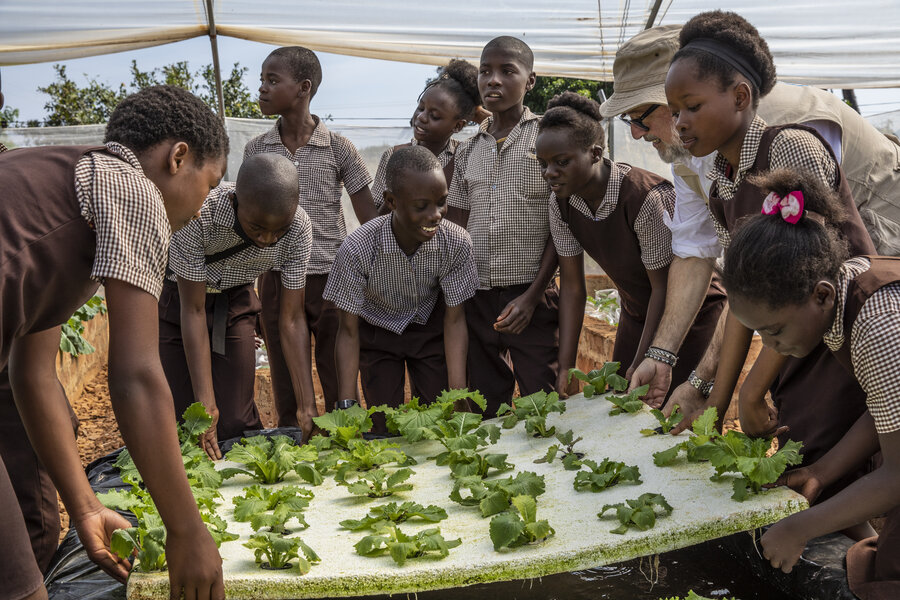
In South Sudan, WFP works with communities to create cooking fuel from water hyacinth, an invasive plant abundant in flooded lands, and known as the world’s worst water weed. The fuel is replacing harmful wood-based charcoal, mitigating deforestation, while also helping to protect women and girls, who often travel long distances in insecure areas to collect firewood.
And in Pakistan, a WFP-supported flood protection wall built in Baluchistan province shielded 800 families and their homes in 15 villages from devastating 2022 floods. The wall also protected surrounding apple orchards, limiting the disruption to livelihoods.
